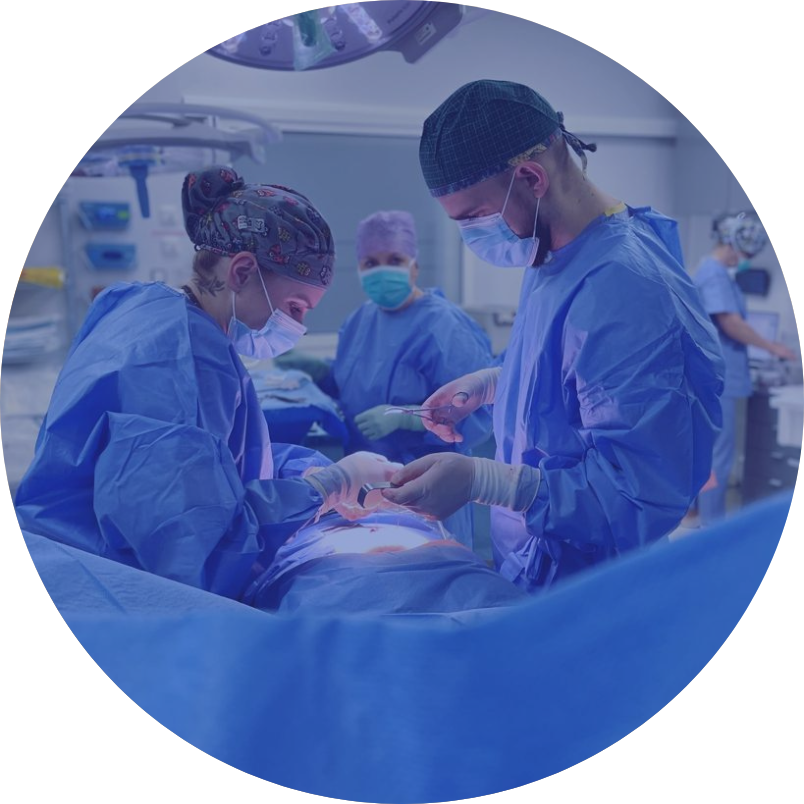Appendectomy



OPERATIONS
Characteristic, severe abdominal pain in the right iliac fossa, nausea, vomiting, lack of appetite, as well as elevated body temperature — these are the most common signals of appendicitis.
What is the appendix?
It is an organ that produces bacteria breaking down proteins called immunoglobulins. These are responsible for helping the body fight infections. However, it is not a vital organ, because if it is excised, other organs take over its functions.
Acute appendicitis is a common surgical illness, while the procedure to remove it (i.e. appendectomy) belongs to relatively simple ones with a minimal risk of complications.
What causes appendicitis?
Appendicitis most often affects children and young adults. It is caused by the closure of the appendix lumen by undigested food residues, fecaliths or enlarged lymph nodules. Through the resulting blood stasis, bacteria attack the appendix wall, and an inflammation occurs.
What should be done if there are symptoms of appendicitis?
If you experience alarming symptoms, similar to those of appendicitis, you should immediately go to a doctor for consultation. The earlier the illness is diagnosed, the greater is the chance that the doctor will be able to implement an antibiotic therapy.
Failure to diagnose appendicitis can result in peritonitis (serous membrane lining the abdominal cavity and pelvic cavity), which is a life-threatening condition.
What exactly does appendectomy involve?
In the most generalised terms, this procedure involves reaching the cecum where the appendix is located, cutting it off and placing sutures. This procedure can be performed by conventional or laparoscopic methods. The difference between these methods lies mainly in the size of the incision made. Conventional removal usually requires an incision of 1/3 of the distance between the anterior superior iliac spine and the umbilicus.
The laparoscopic procedure, on the other hand, involves making three small incisions, ranging in size from 0.5 to 1 cm, needed for the insertion of a camera and microinstruments. Appendectomy usually takes about an hour.
Preoperative instructions:
If you experience alarming symptoms, similar to those of appendicitis, you should immediately go to a doctor for consultation. The earlier the illness is diagnosed, the greater is the chance that the doctor will be able to implement an antibiotic therapy.
Postoperative instructions:
After being discharged from the hospital, the patient can immediately return to daily life activities. The full recovery period usually takes about 2 weeks.

